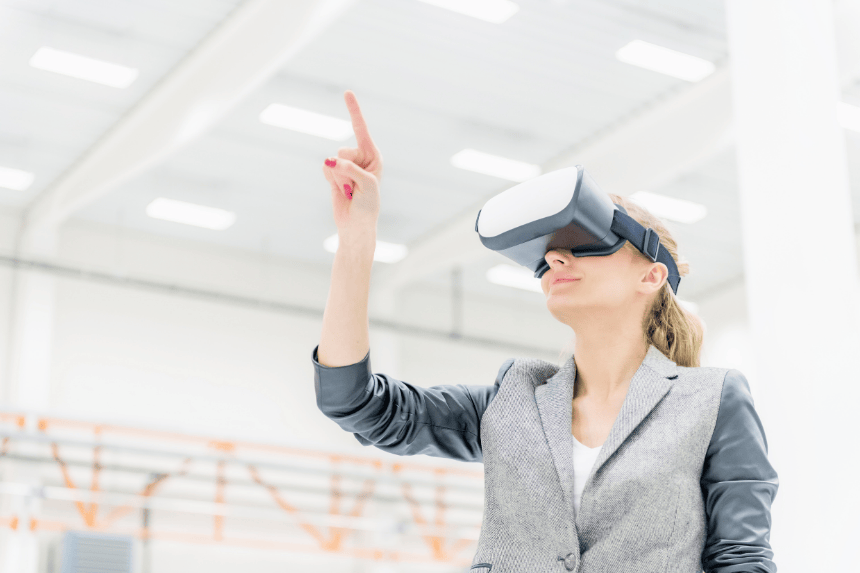
The most common perception of workplace learning has changed. No longer is learning confined to formal training, in the work environment. In fact, “Learning in the Flow of Work” is now the new workplace learning paradigm. This article outlines how you can leverage Microlearning strategies to foster learning – within the learner’s workflow.
What Is “Learning in the Flow of Work”?
It is a concept advanced by Josh Bersin (Deloitte) and addresses how employees perform new or challenging work tasks. They discover relevant information and resources related to the challenge and set out to learn all they can about it. They then apply what they’ve learned to the work situation that launched their journey of learning discovery.
Through the strategic use of Microlearning and just-in-time learning approaches, learning in the flow of work makes this entire process more efficient. It employs processes that make learning seamless at work and expedites the learning journey to deliver better learning outcomes. However, learning in the flow of work goes beyond just Microlearning and requires a mix of Macro and Microlearning to create continuous learning environments.
Why Is It Important to Support Learning in the Flow of Work?
The current learning paradigm stymies learning and workplace productivity. When there’s an urgent need to perform complex, new, or challenging tasks, employees struggle to find relevant content on the corporate learning platform. Once the content is located, formal learning materials are typically lengthy or too complex to digest and implement quickly. As a result, employees shun formal learning platforms in favor of more expedited forms of learning.
It is vital that organizations lend their support to learning in the flow of work because:
- Employees learn better at work and at the point of need – Better learning outcomes occur when learning happens at the workplace or if it takes place in a non-workplace setting – like at home or during a commute and when it is critical to an existing work challenge or situation.
- Organizations can drive continuous learning with learning in the flow of work – Excellence at work occurs when employees strive for continuous performance improvement. The best way to realize incremental performance is by learning better and improved ways to do the job and then applying that knowledge to work. L&D teams can leverage that fact to encourage a continuous learning culture across the organization.
- It is very relevant to the current context, where a sizable workforce continues to work (and learn) remotely – By embracing a learning in the flow of work model, organizations can support learning even while employees are working from home.
Because of these benefits, learning in the flow of work delivers a better learning and performance value proposition for both the employees and the organization.
Microlearning-based Pillars to Create Learning in the Flow of Work Content
Unlike formal learning content, learning in the flow of work requires targeted, concise, and focused content. Long-form macro content just won’t work in these environments and Microlearning content is ideal to create successful learning in the flow of work environments.
To deliver successful learning in the flow outcomes, the content offered must be aligned to the following 3 pillars:
- On Demand – Because in-the-flow learning is an approach that promotes learning where and when its needed, it requires content that’s always available, mobile-enabled, responsive, and quick to learn and implement. Micro content such as short videos and podcasts, summary PDFs, quick references, templates, and sample checklists are great examples of such content.
- Accessible – In the context of learning in the flow of work, “accessible” also covers content that’s intuitively hosted and which learners can find quickly. Burying content under layers of file/folder structures or using cryptic naming conventions makes content more challenging to access when they need it the most.
- Selective – Learning in the flow of work aims to quickly empower learners with the knowledge they seek, so they can get productive ASAP. Carefully vet and selectively curate your content before hosting it on your learning platform.
While big-picture Microlearning has its place in this new paradigm, L&D professionals can build effective learning in the flow of work environments around these 3 pillars of Microlearning content.
What Microlearning Strategies Can Drive Continuous Learning in the Flow of Work?
Macrolearning focuses on longer-term, big-picture outcomes by delivering a range of learning content related to different aspects of a theme or concept. This approach has its usefulness in learning in the flow of work. However, L&D professionals can replace or supplement them with Microlearning strategies to deliver better learning outcomes.
Microlearning is certainly more effective as an in-the-flow of work learning strategy because it happens through more focused content, which produce specific outcomes in a shorter timeframe. Organizations may use the following in-the-flow Microlearning strategies to create a culture of continuous learning – as just-in-time learning and to supplement formal learning:
- Immediate learning to support “in the moment” needs – Use Microlearning point-of-need training content, such as short podcasts or “How to” videos that serve as performance support aids.
- Intermediate learning to build existing competencies – Use Microlearning to supplement formal training targeted to help employees do better in their current roles. Such short-form content may serve well as review and refresher training modules too.
- Transitional learning to help learners evolve into future roles – Add Microlearning nuggets as part of ILT or VILT at pre, during, and post training sessions. Use them as training readiness tools, exercises and assessments, and to deliver learning summaries.
In a dynamically changed work-world, employees don’t have a lot of time to invest in formal learning, and organizations seek any competitive edge they can leverage. As a result, learning in the flow of work is the new paradigm. Microlearning offers a win-win learning in the flow of work solution, for both employees and organizations, through the three Microlearning strategies highlighted here.



